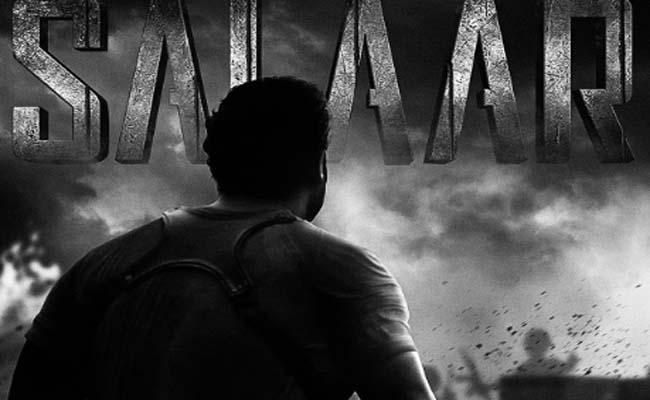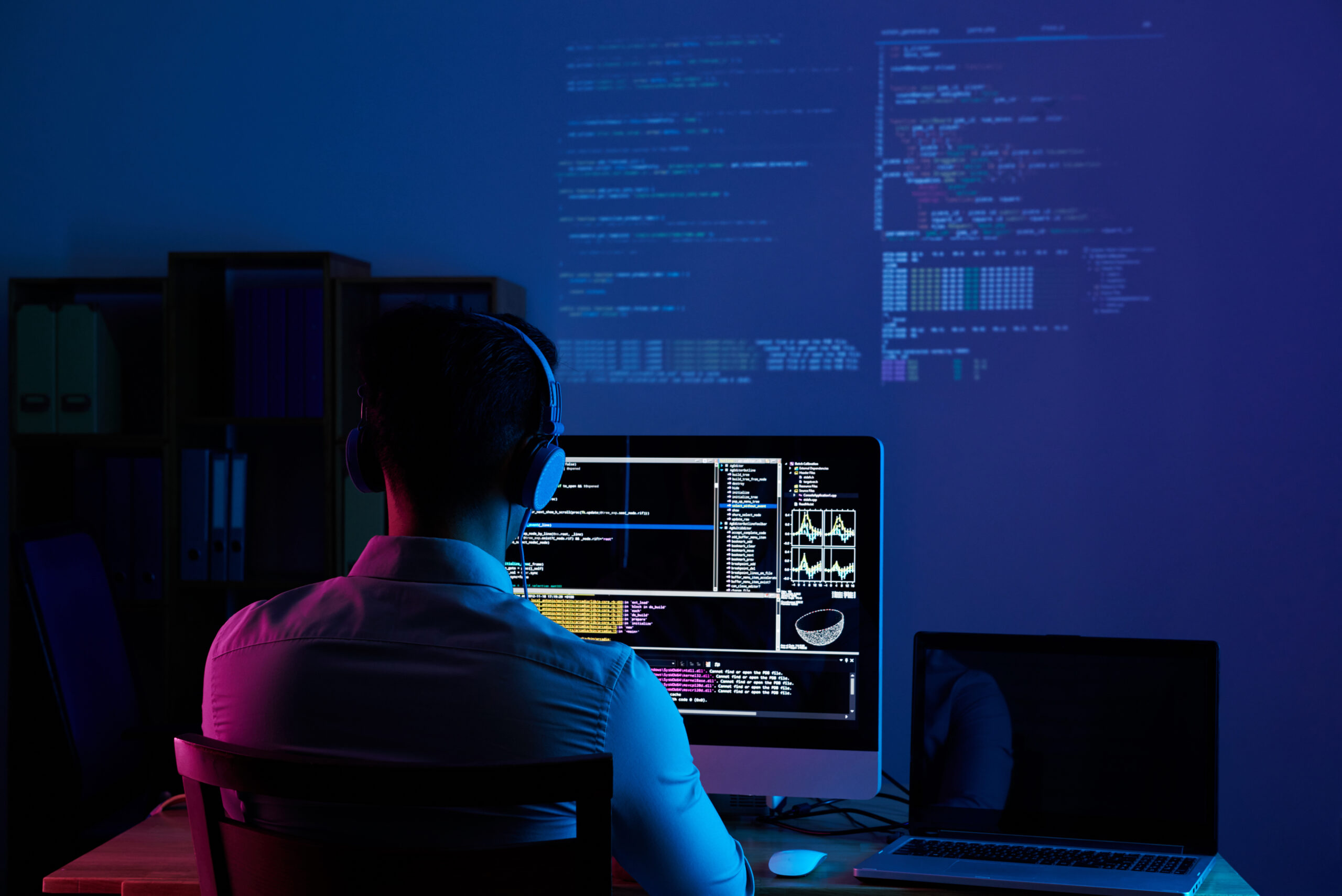Visual effects methods, or VFX methods, are becoming essential tools in the ever-evolving field of filmmaking that enable filmmakers to push the limits of storytelling and creativity. Whether you’re a seasoned veteran or an aspiring filmmaker, knowing and applying these fundamental vfx methods may make your work look even better. 10 essential VFX methods to add to your filmmaking toolkit are as follows:
Table of Contents
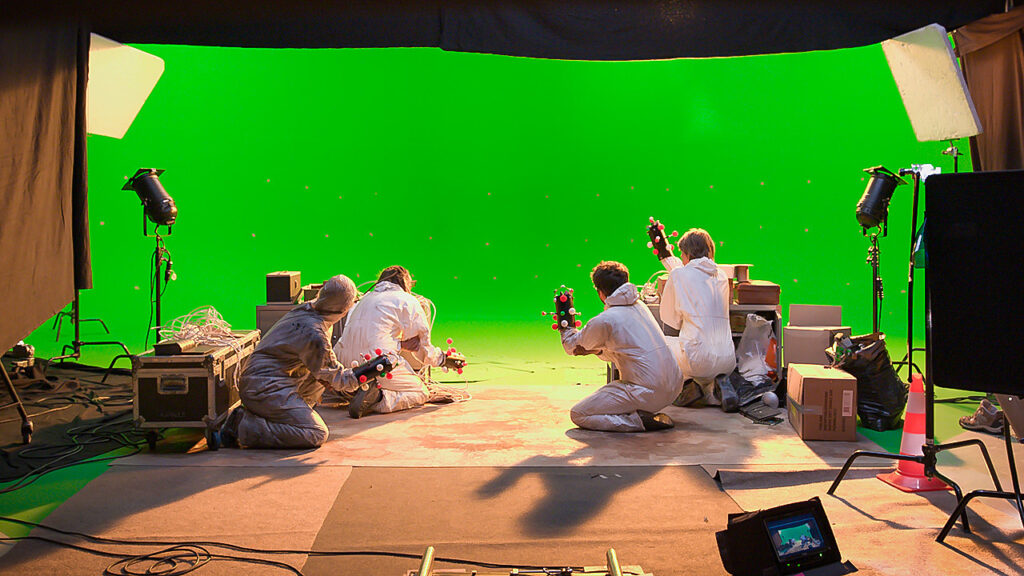
Green Screen Compositing:
Filmmakers can insert people into almost any background with the help of the fundamental VFX method known as green screen (or chroma key) compositing. You can use green screen photography to record actors and then alter the background to any scene you want in post-production. This technique is often used to create intricate settings, future cities, or just to put actors in places that would be too expensive or difficult to shoot in other ways.
Example: The Marvel Cinematic Universe frequently uses green screen compositing to blend live-action performances with elaborate digital environments and action sequences.
Motion Tracking:
Motion tracking, sometimes known as match moving, is a technique that uses data from live-action video to monitor the movement of computer elements or objects. By using this technology, the appearance of reality is maintained as CGI pieces move smoothly with the filmed action.
Example: In “The Lord of the Rings” series, motion tracking was crucial in creating realistic interactions between live-action characters and CGI creatures like Gollum.
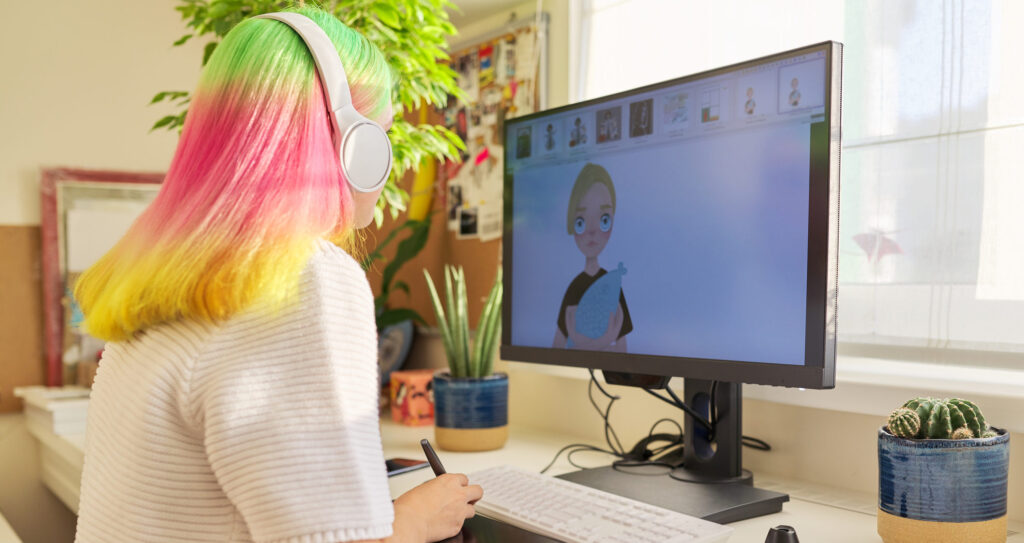
3D Modeling and Animation:
Realistic 3D modeling and animation are necessary to give inanimate objects, settings, or characters life. utilizing programs like Blender, Maya, or 3ds Max, digital assets are designed and animated utilizing this technique.
Example: The detailed and lifelike dinosaurs in “Jurassic Park” are the result of meticulous 3D modeling and animation, combined with other VFX techniques.
Particle Effects:
Particle effects mimic the appearance of fire, smoke, rain, and explosions. These effects improve the visual impact of scenes by adding realism and dynamic motion without depending on real-world effects that could be risky or impractical to film.
Example: The magical spells in the “Harry Potter” series often utilize particle effects to create swirling magical energy and spell impacts.

Rotoscoping:
In order to produce a matte or mask that separates a subject from the backdrop, rotoscoping entails manually tracing over footage, frame by frame. This method works especially well for building intricate composites or for enhancing certain areas of a scene with effects.
Example: The lightsaber effects in the original “Star Wars” trilogy were created using rotoscoping, with animators painstakingly drawing the glowing blades on each frame.
Digital Matte Painting:
Using the matte painting technique, painted artwork can be extended to create backgrounds or sets. These days, large-scale, intricate landscapes can be produced by blending software-created matte paints with live-action footage.
Example: The sweeping vistas of Middle-earth in “The Lord of the Rings” were often achieved using digital matte paintings, enhancing the sense of scale and wonder.

CGI Integration:
Filmmakers can produce features in live-action footage that would be difficult or prohibitive to film by incorporating computer-generated imagery, or CGI. This covers anything from actual animals to wholly made-up characters and settings.
Example: The realistic tigers in “Life of Pi” were created using CGI, allowing for both the safety of the actors and the creation of a believable performance by the animal.
Digital De-Aging:
One method used to make performers appear younger on screen is called digital de-aging. Using a combination of computer-generated imagery and digital retouching, this technique modifies an actor’s look without the need of prosthetics or makeup.
Example: In “The Irishman,” digital de-aging was used extensively to portray characters over several decades, maintaining continuity with the same actors.

Morphing:
The process of morphing one picture or shape into another smoothly is called morphing. Dramatic changes, such a character changing into a different species or age, frequently use this effect.
Example: The transformation scenes in “Terminator 2: Judgment Day,” where the T-1000 morphs into different shapes, showcase the power of morphing technology.
Virtual Production:
Using gaming engine technology, virtual production blends real-time digital effects with live-action video. Using this technique gives filmmakers more creative freedom and flexibility by enabling them to see and modify digital settings in real time while recording.
Example: The Disney+ series “The Mandalorian” uses virtual production extensively, with actors performing in front of LED screens displaying real-time, photorealistic digital backgrounds.
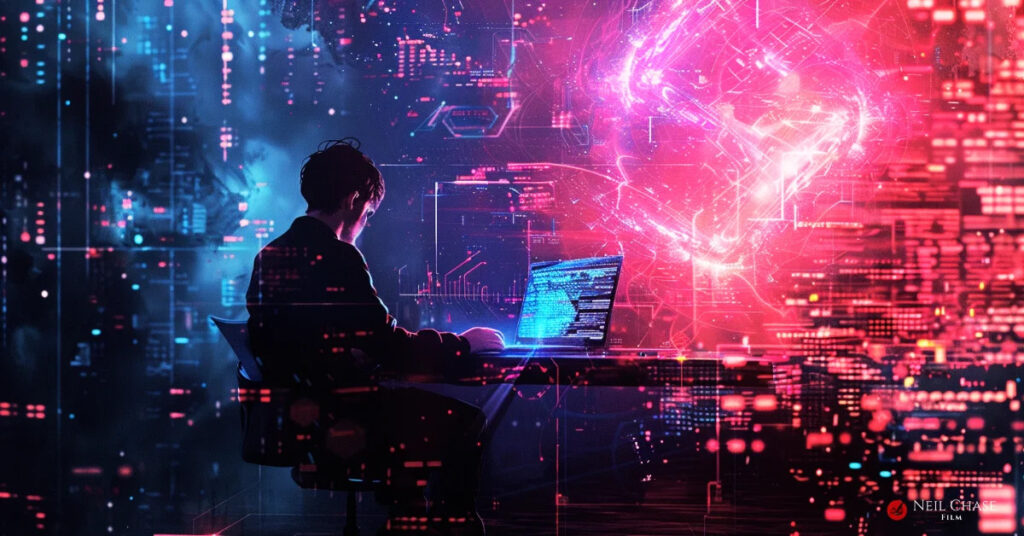
VFX Methods:
By incorporating these 10 VFX methods you may completely change the way you make films and convey captivating, jaw-dropping stories. Gaining proficiency in methods such as motion tracking, 3D modeling, green screen compositing, and virtual production will enable you to produce visual effects that elevate the story and realize your artistic vision. Brilliko Institute of Multimedia provides knowledge about VFX Methods. The strength of visual effects (VFX) resides in its capacity to bring the impossibly conceivable; with the continued advancement of technology, your creativity is the only restriction.


